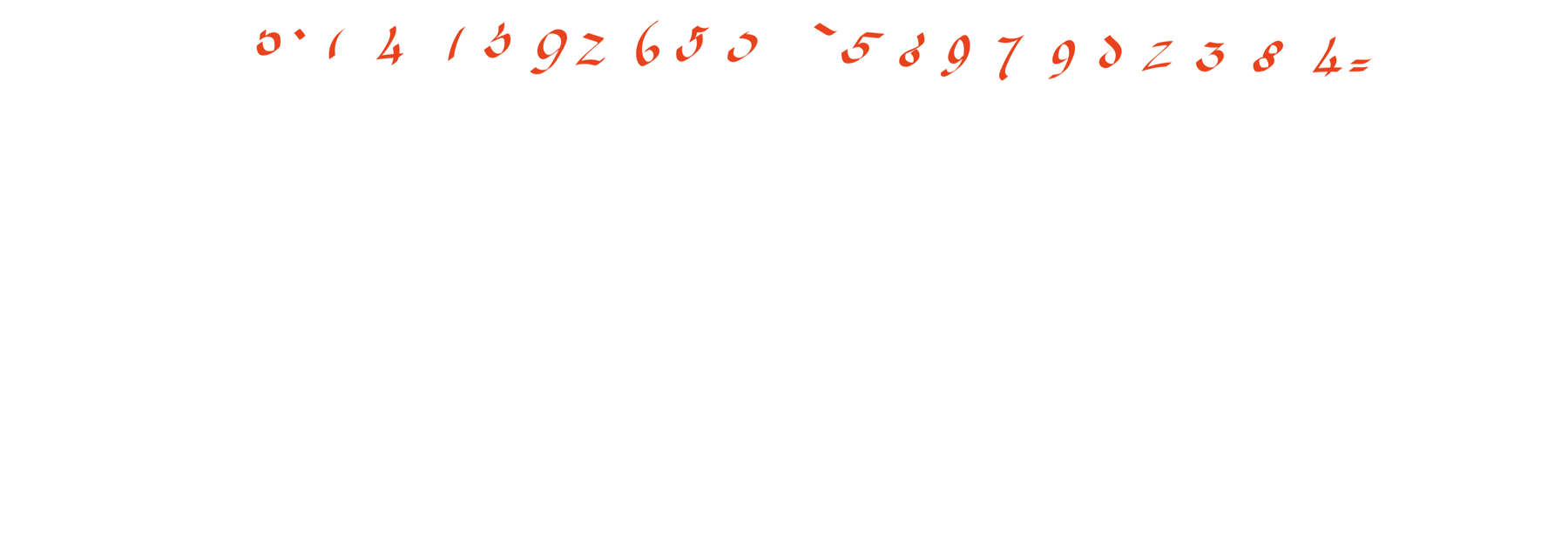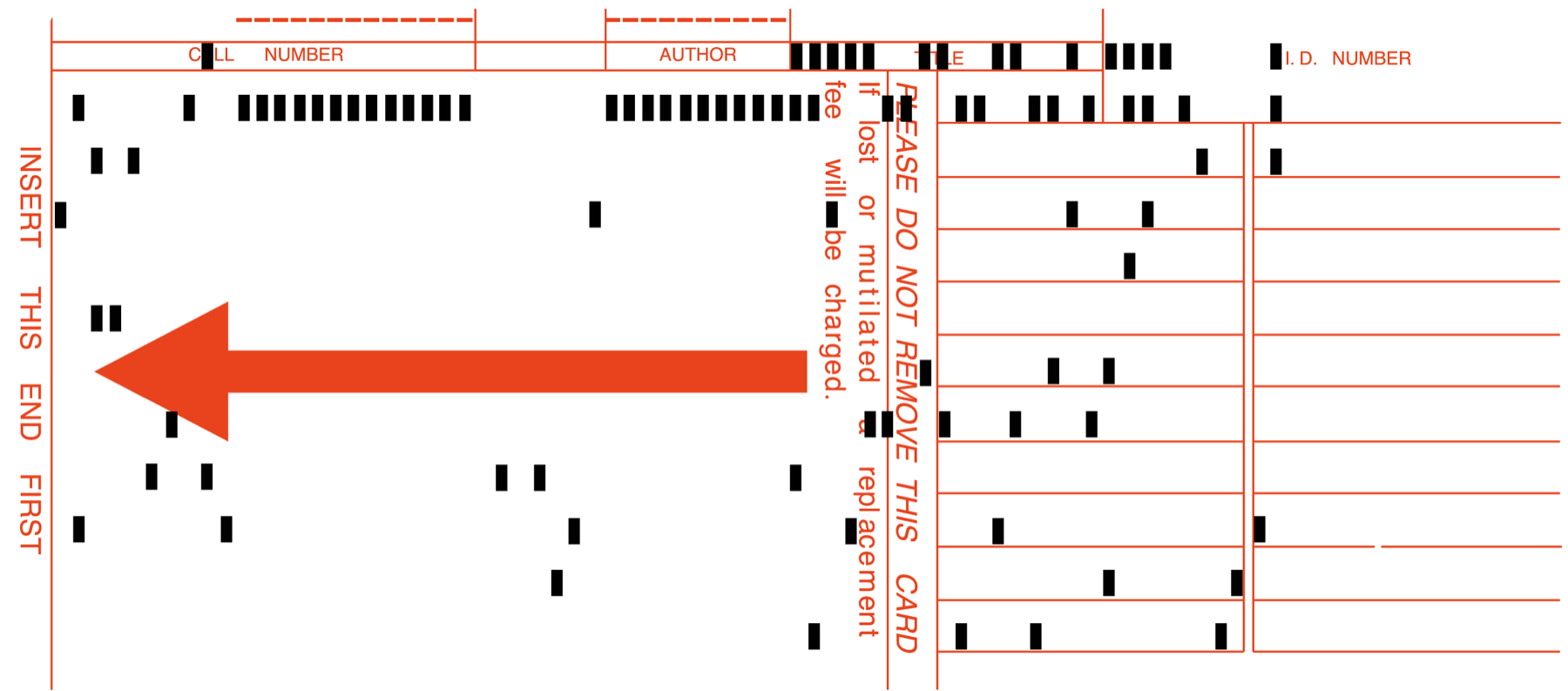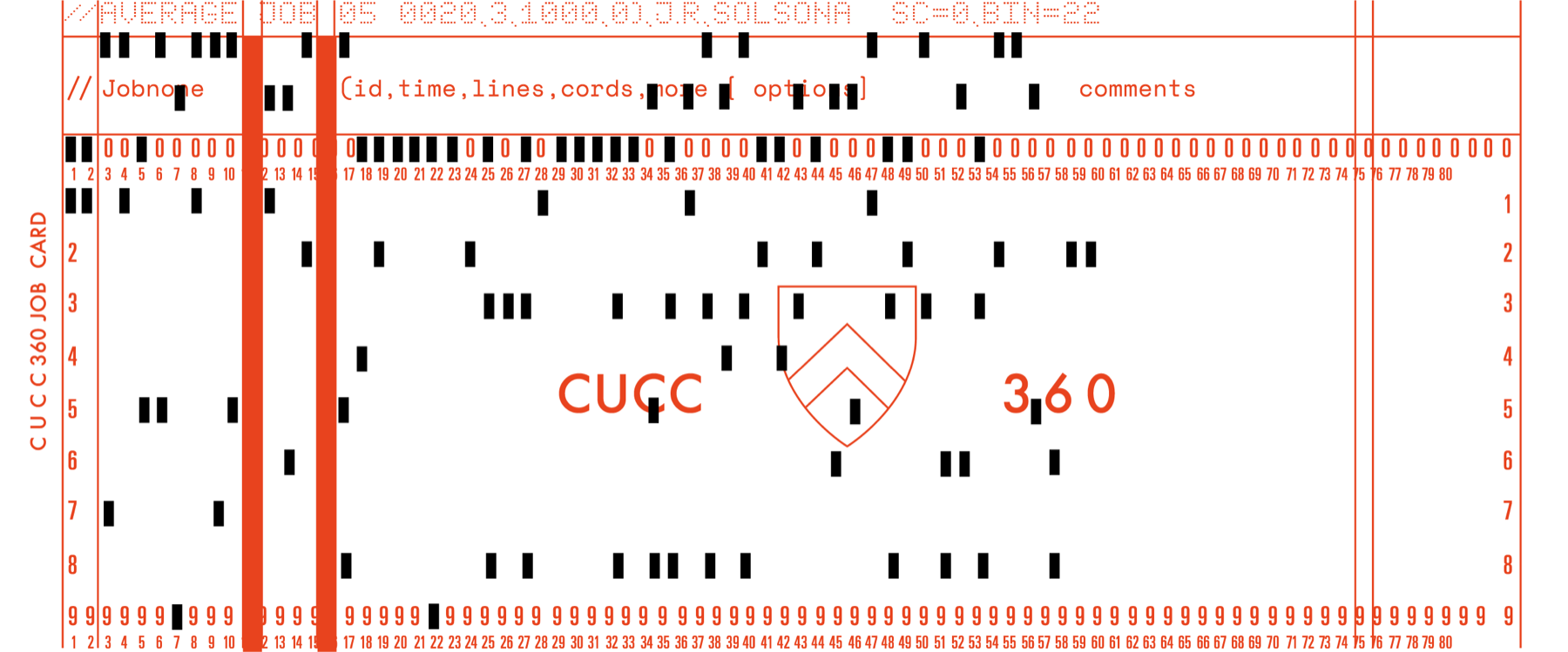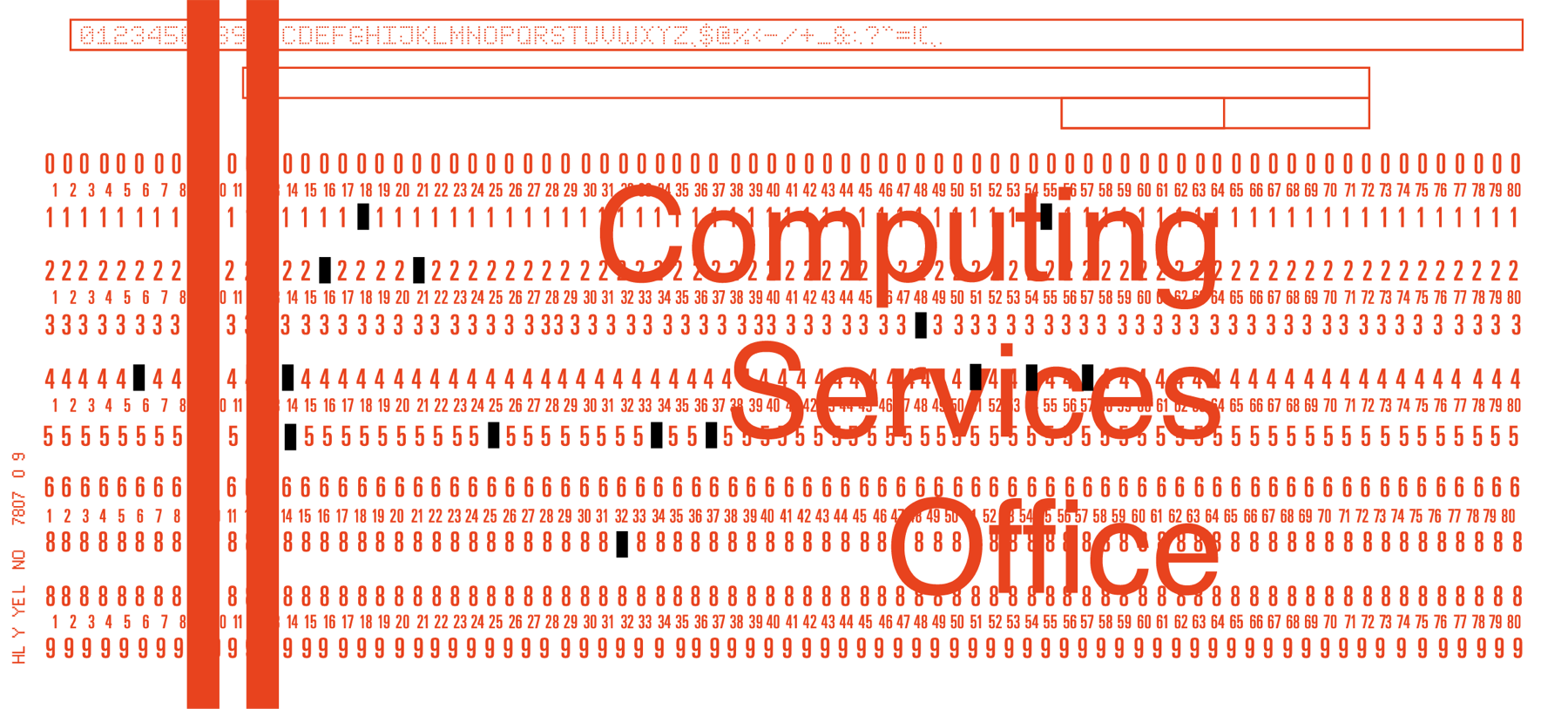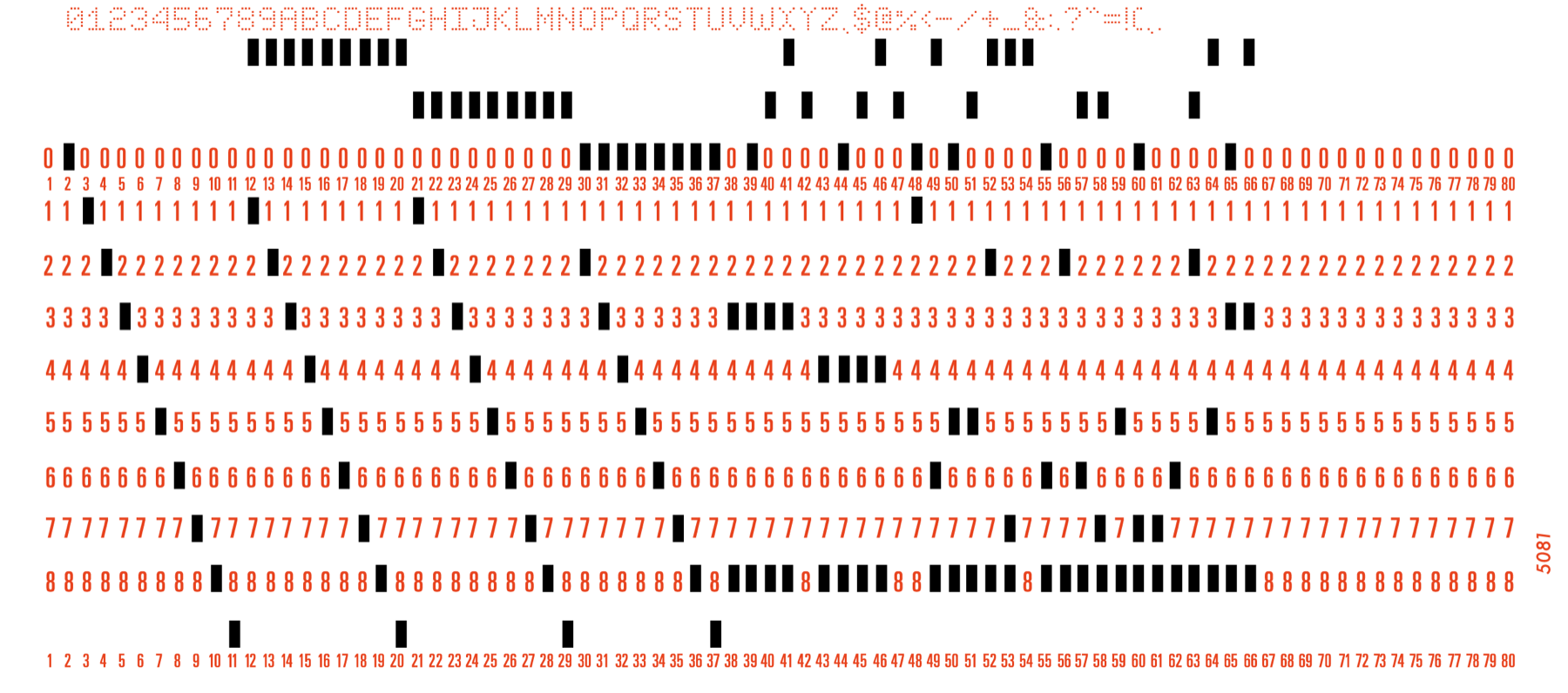Exhibit 2
PUNCH CARDS: FROM SILK TO SILICON
Schematics from 1801 to 1990
In 1801, Joseph Marie Jacquard invented an upgraded textile loom. The Jacquard loom was the first machine to use punch cards as a feature. These cards controlled the weaving process to produce beautiful, intricate patterns, previously achieved only with masterful craft and attention.
Many silk weavers rejected the new invention as its automated operating system threatened their livelihoods. However, this new system propelled the practice and quality of weaving forward, creating new demand for the exquisite woven goods and a boom of new jobs in the silk weaving industry.
Jacquard’s punch card system is believed to have informed digitisation as we know today, setting the stage for the invention of the first computer program.
Each card featured a pattern of holes formatted in a particular order, which informed how the machine operated and how a pattern was formed. This transfer of instructions – using holes and solid spaces – is an early adaptation of how binary code is used in computing to transfer information.
In 1833, the English polymath and ‘father of computing,’ Charles Babbage studied punch cards as a method of input, consisting of ‘formulae’ and data, defining what we now know as programs and memory.
Babbage implemented these ideas in his new, next-generation computer named the Analytical Engine.
Though never fully built, it was for the Analytical Engine that the very first computer program was written, by Ada, Countess of Lovelace.


